
Workshops with Children
Research Team
Angela Henderson
Aaron Outhwaite
First & Second Year Elementary School Children
Research Description
The goal of these workshops was to foster a learning environment where knowledge exchange is extended to the natural world. Throughout this research project, children engaged in activities that were aimed at introducing the natural world as a source for the material production of designed objects that are part of our day-to-day lives. Beach-combing and foraging brought materials together that were being explored as ecologically sound alternatives to petroleum-based plastics. Children were introduced to the concept of bio-materials through their collections which, in-turn prompted discussion about the excessive amount of plastic that permeates everything we come into contact with. Identifying alternative sources for material production, such as the shoreline turned the focus of the conversation to what was immediately before us.

Material Lab Samples
Research Team
Angela Henderson
Aaron Outhwaite
Research Description
written submission for this section from Aaron


Material Exploration
Research Team
Angela Henderson
Marie-Soleil Provençal
21 NSCAD University MDES students
Research Description
During this project, all collaborators – children, design students, artists and scientists – explored the material through sight, smell, taste, sound and touch, using a range of techniques and tools. We sought to investigate the material – an amalgamate of algae and clay – without any objective for application, seeing where our curiosity and intuitive interactions with the material would take us.
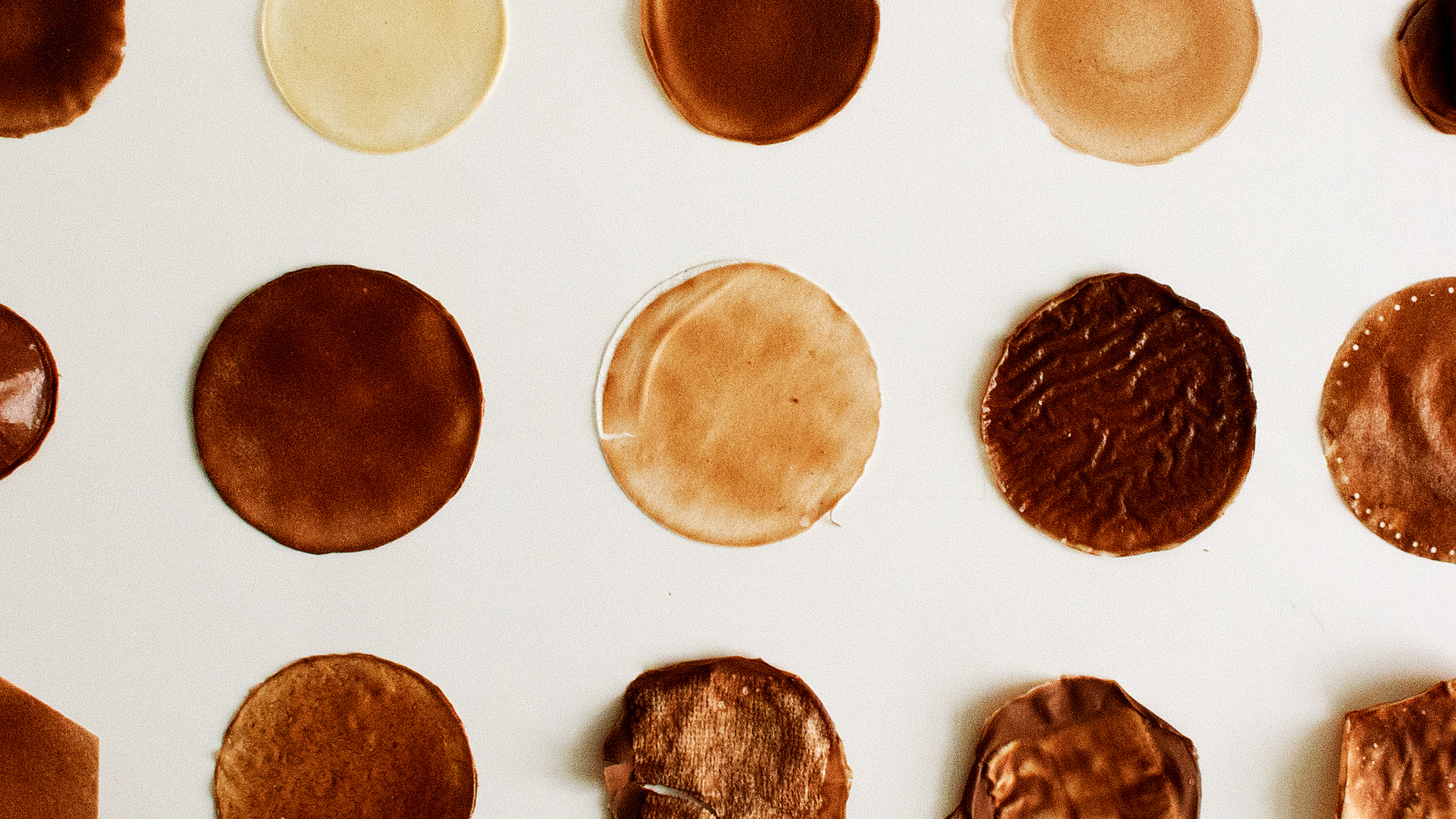
Agar bioplastic
OBJECTIVE
The objective of this experiment is to find a way to make sheets (or membranes) of bioplastic with agar. Agar is a compound found in red seaweed. It is organic and non toxic. Dried, it is available at the organic market. FOR RECIPES, visit the Materials Library
EXPERIMENTS A - CLAY & FIBER
Notes: agar doesn’t stick to synthetic material (fibers). It “merges” better with natural fibers such as cotton and linen. It can shrinks a lot, depending of the ration of glycerol, while drying.
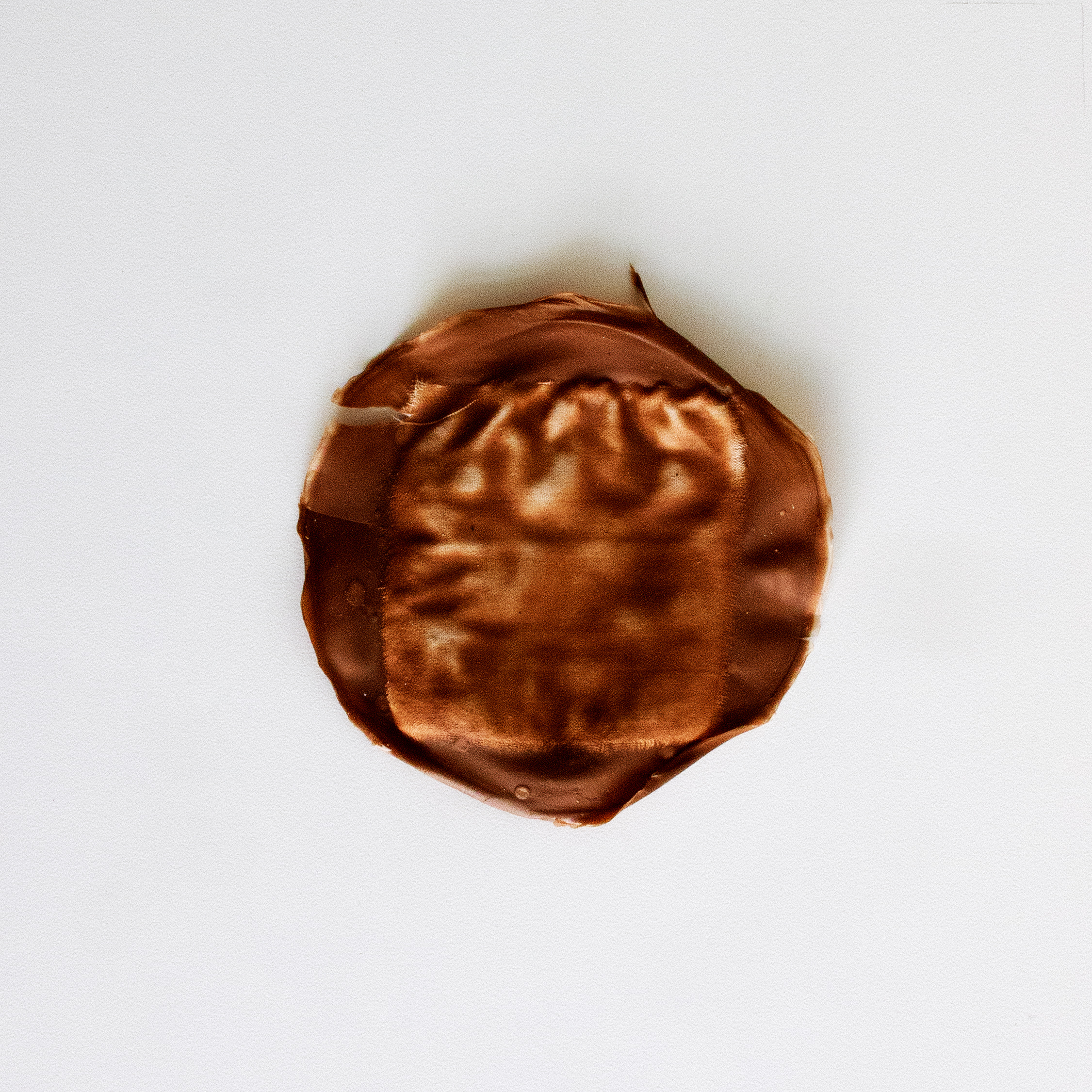
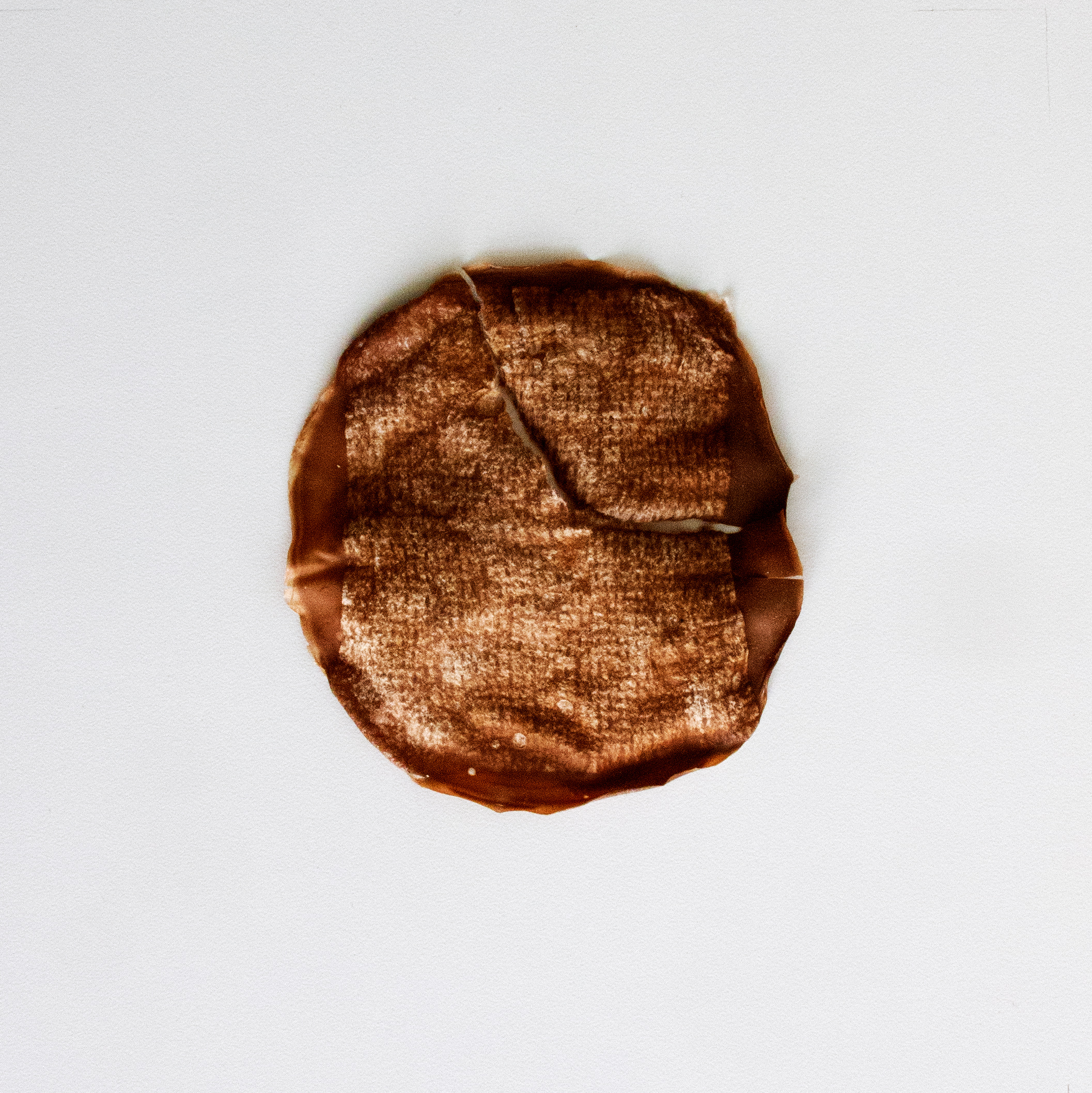



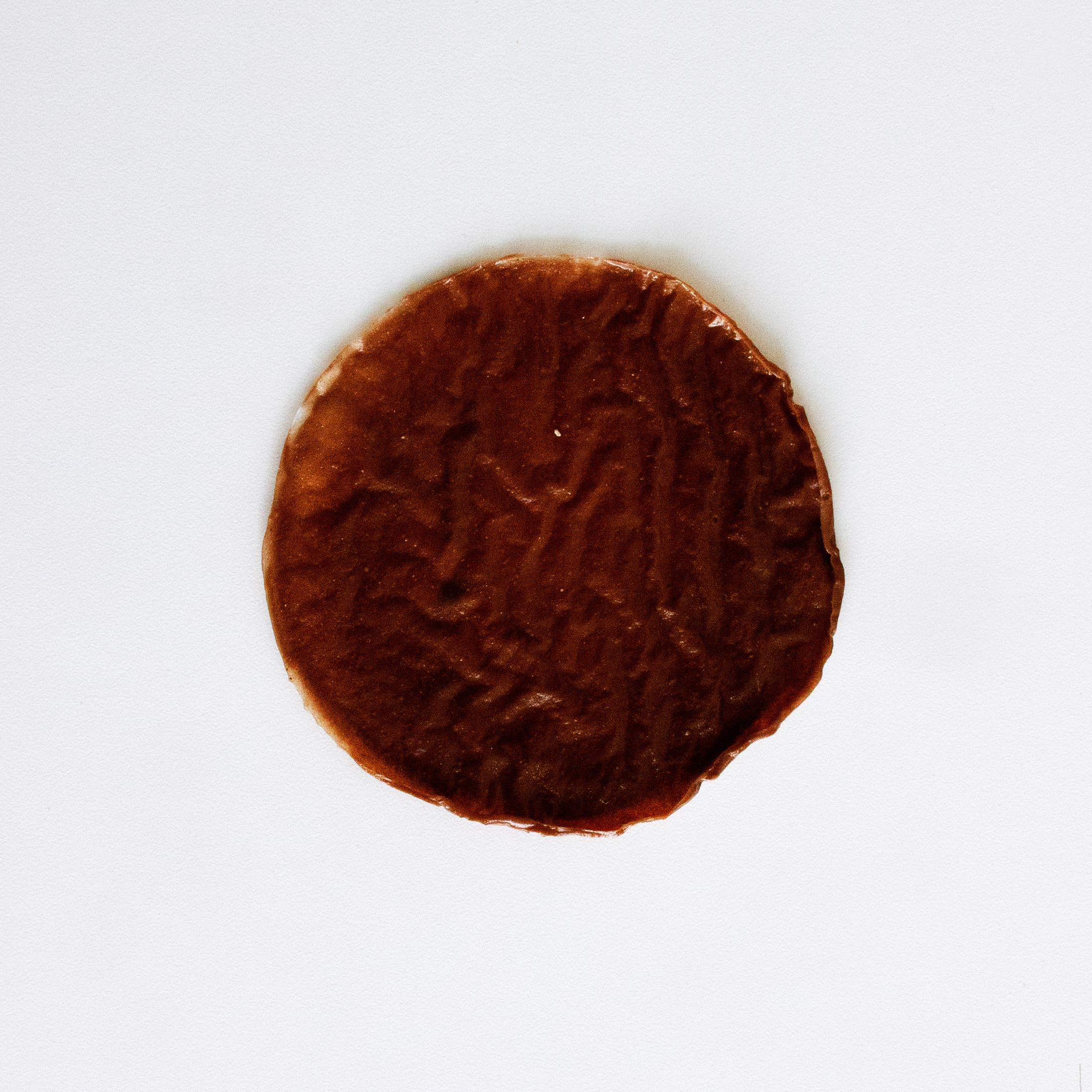


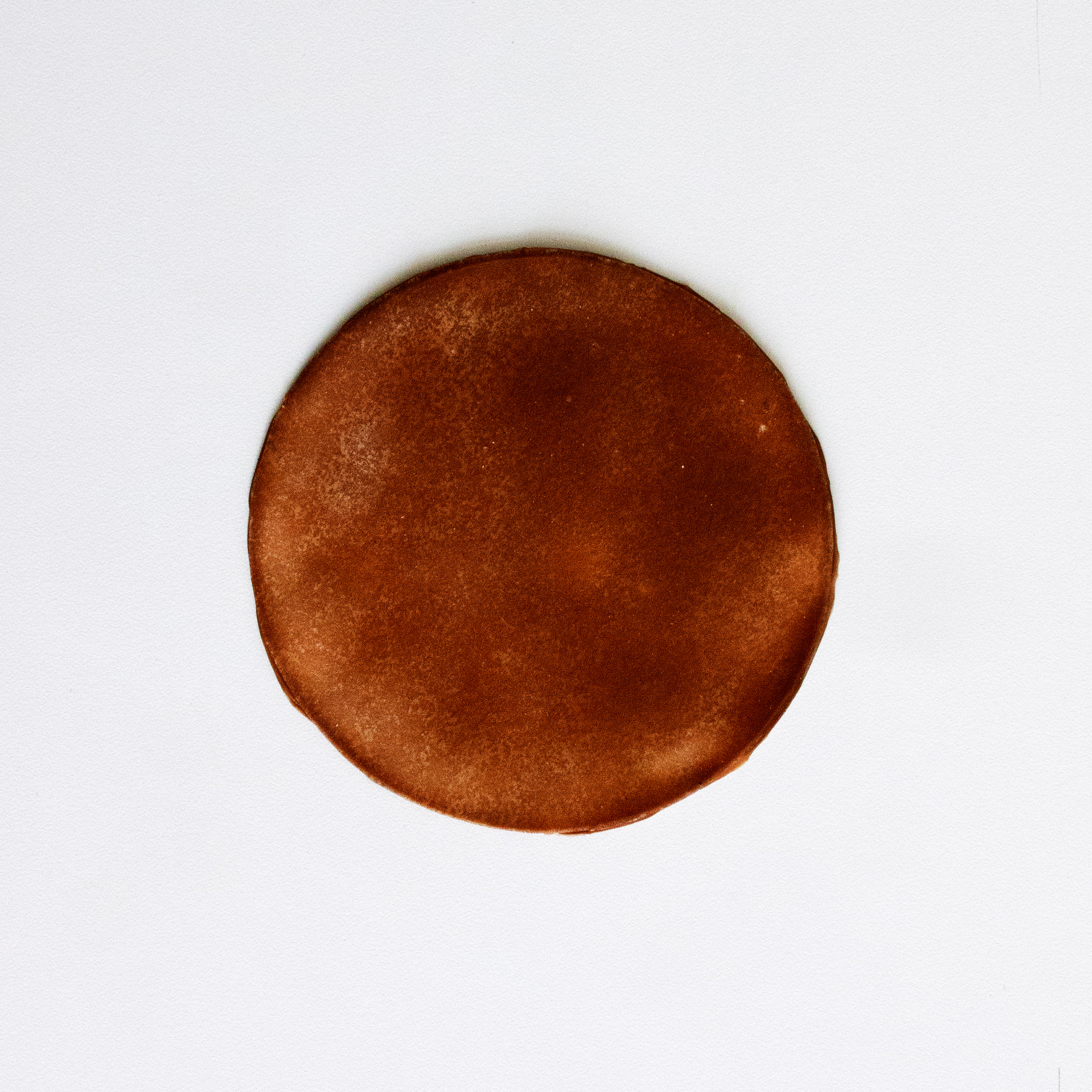

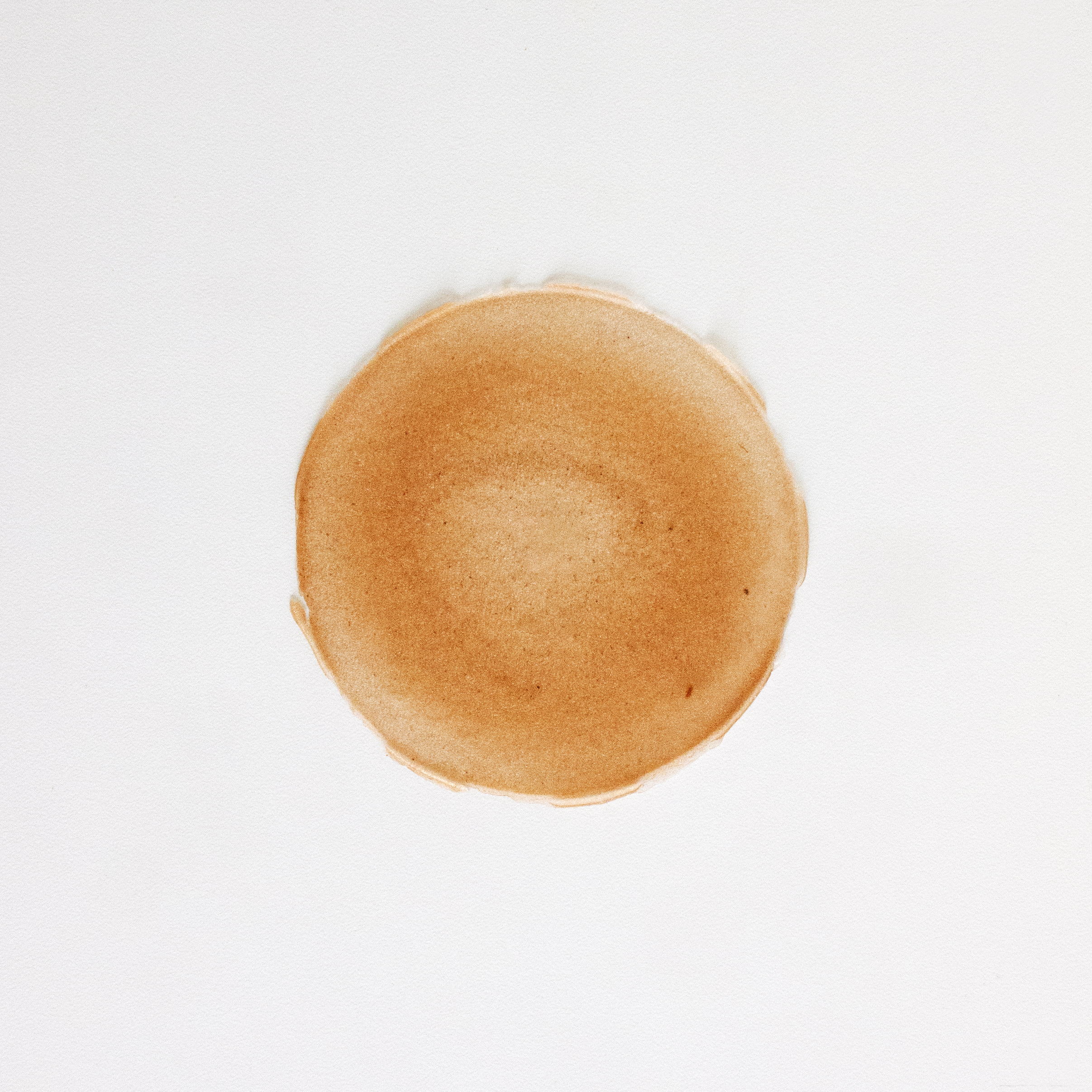










EXPERIMENTS B - WIRE & ROPE
Notes: hot agar bioplastic is thick enough to form a thin membranes in small space (about 1 cm) while it dries. It keeps its flexibility. It sticks well on metal, wood, and natural fibers (cotton). It doesn’t take a lot to cover large surfaces.

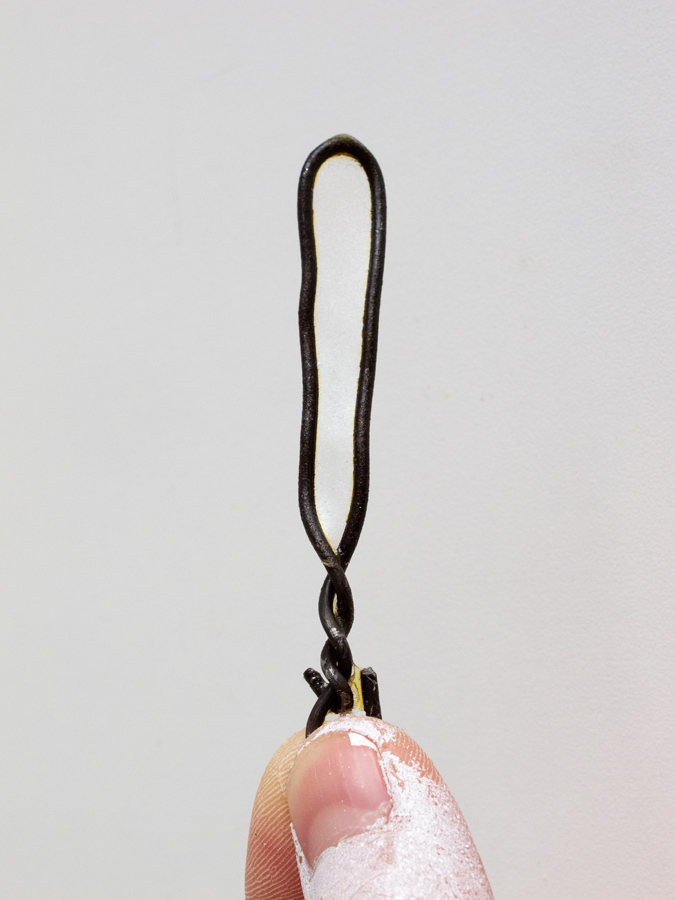
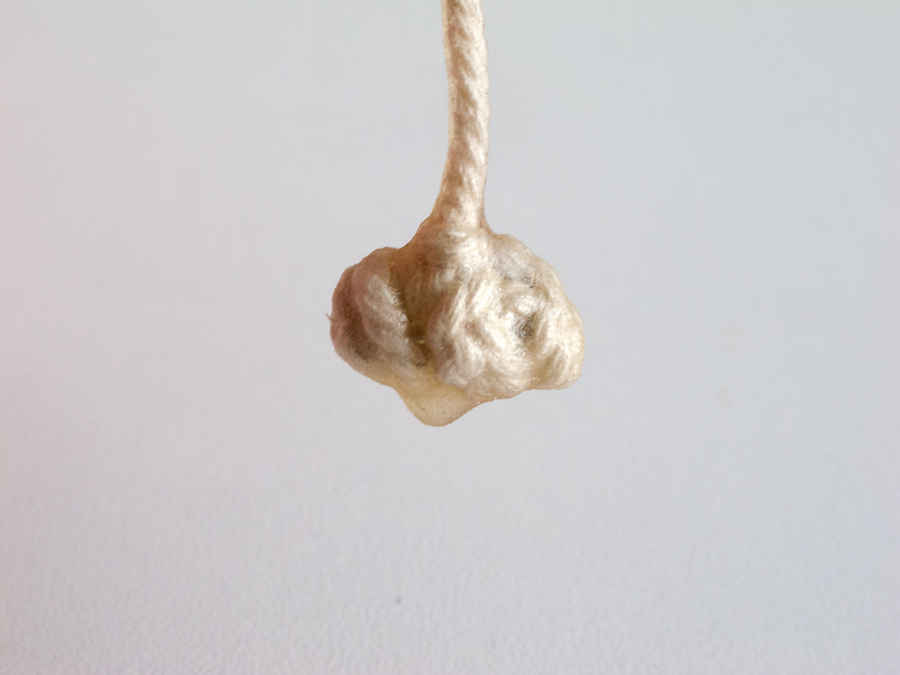
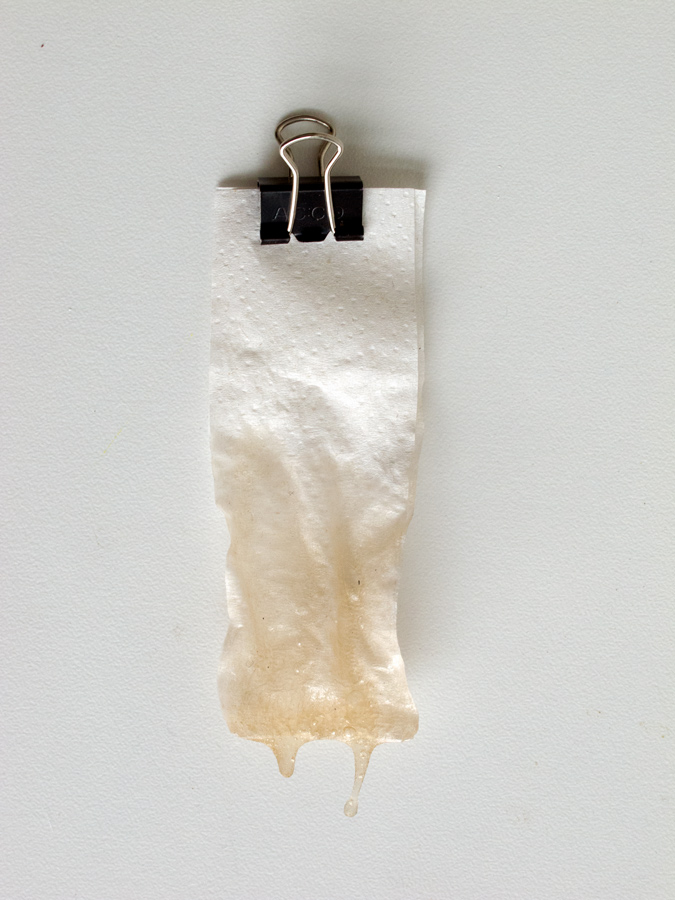




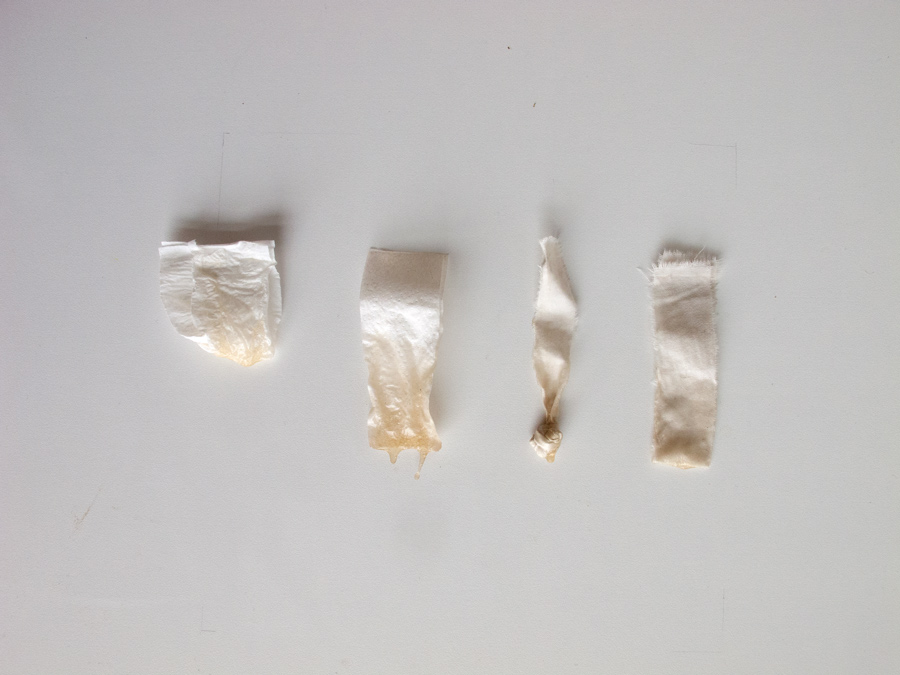
EXPERIMENTS C - BIOPLASTIC AS BINDER
Multiple tests have been done in previous research (see https://materialslibrary.cargo.site/). A quick test was done to confirm that indeed, the bioplastic made from agar can be used as a binder to hold powdery materials together such as dry clay.

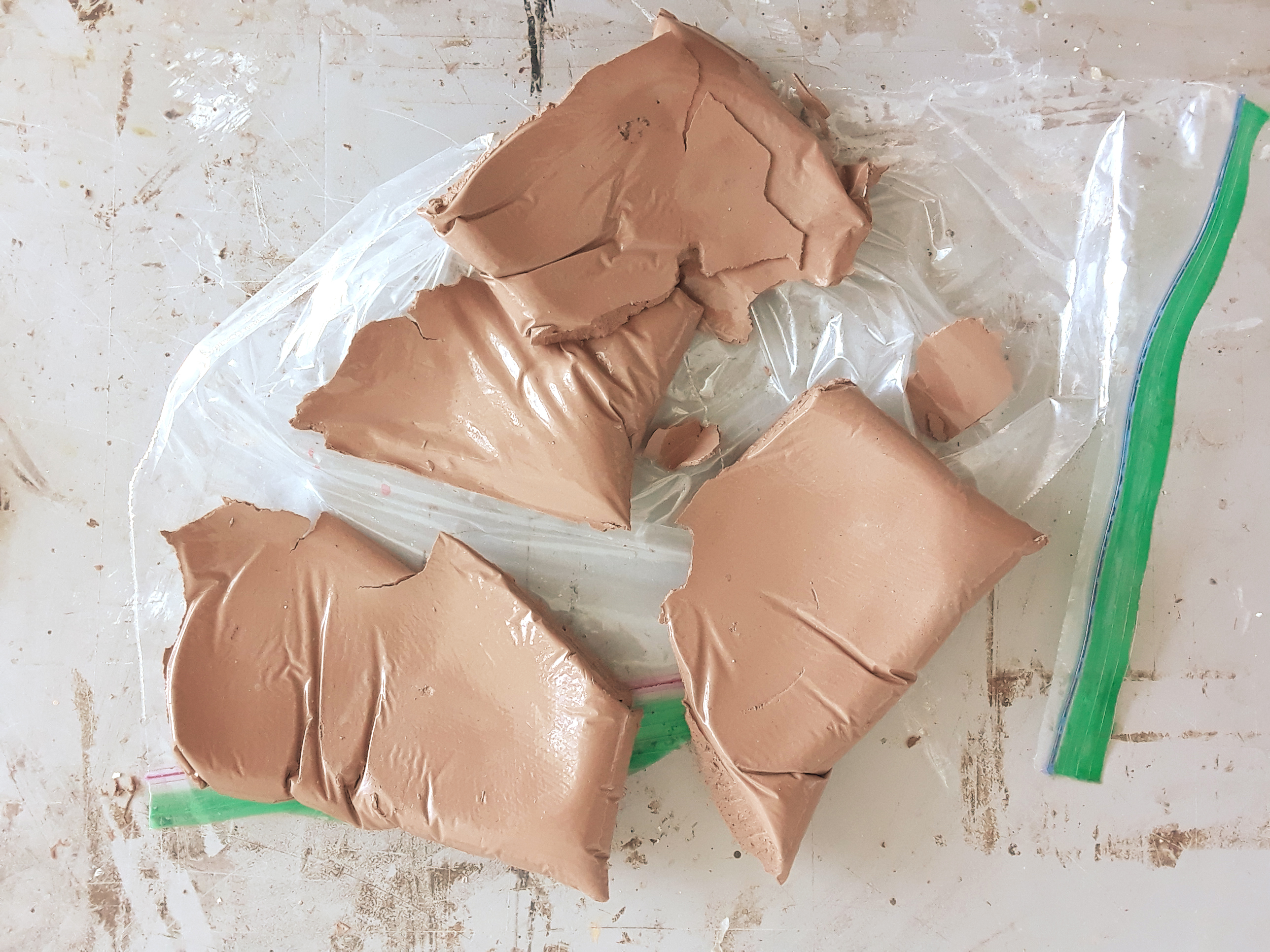
EXPERIMENTS D - BIOPLASTIC COATING
The objective of this experiment was to create a dripping coat over a rope stained with graphite. Recipe available here.
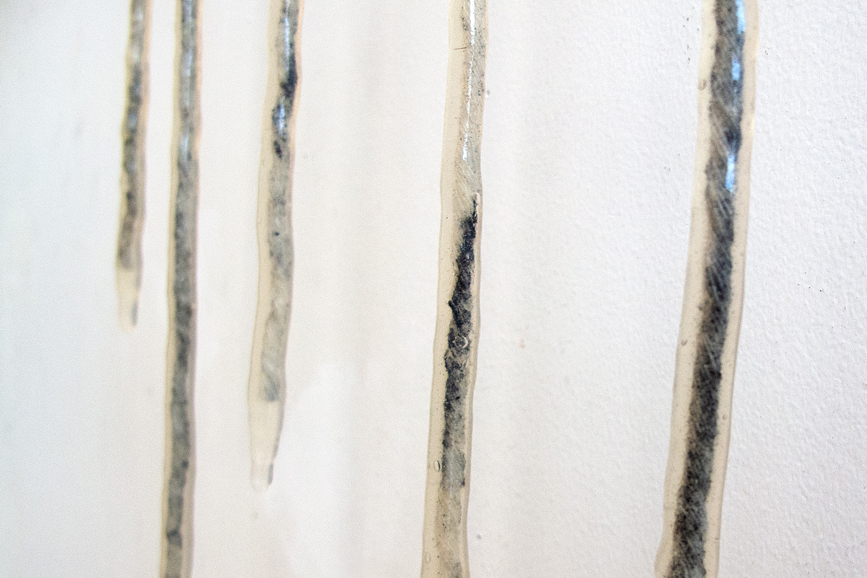
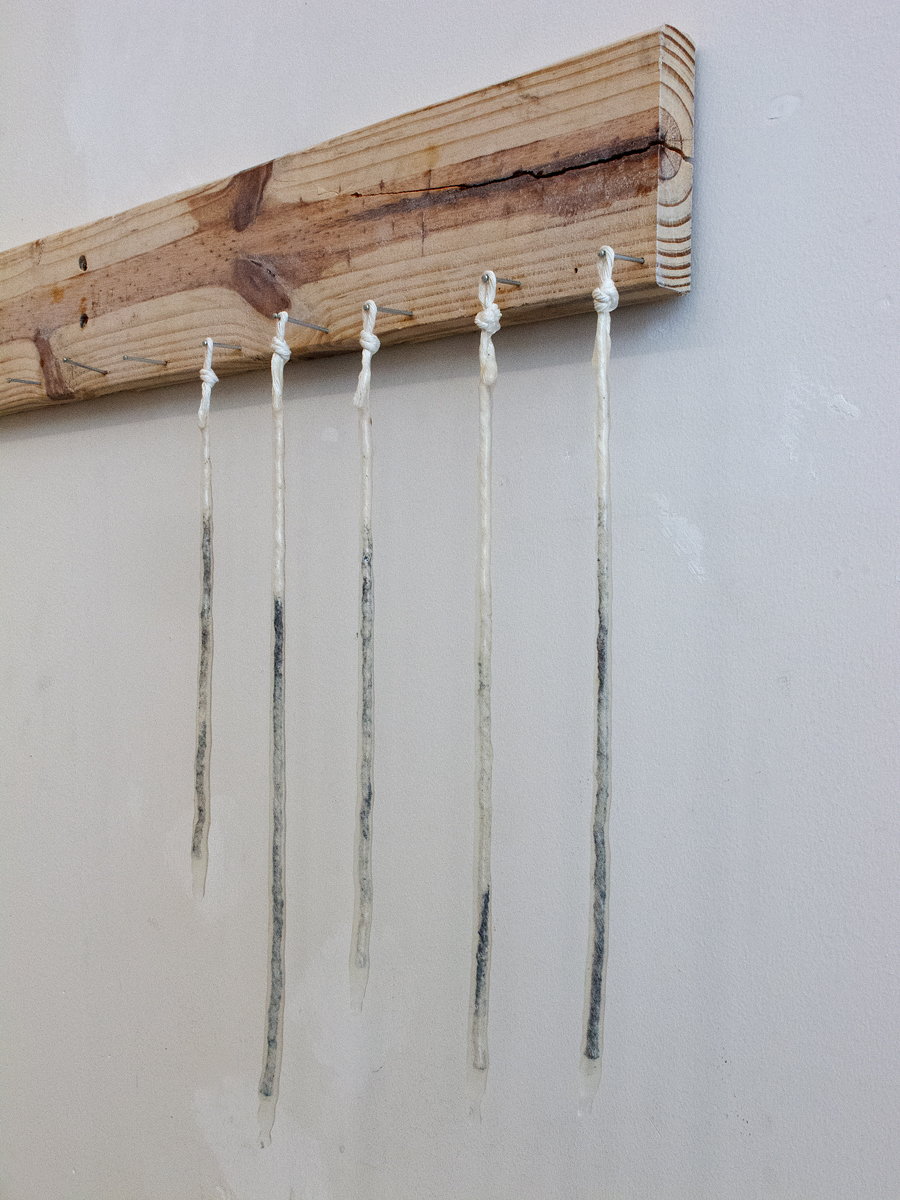

Interdisciplinary Practice
Research Description
This section will be written about by Lisa Bouraly